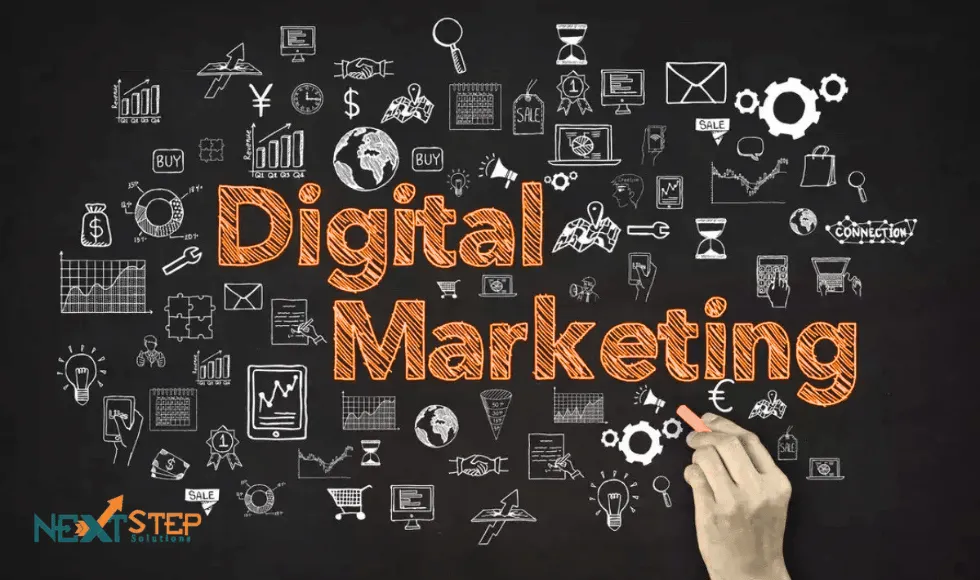In today’s hyper-connected world, digital marketing has evolved from a luxury to a fundamental pillar of business survival and growth. As consumer behavior shifts overwhelmingly online—from product discovery to purchasing—businesses that leverage digital strategies don’t just gain an edge; they secure their future. Here’s why digital marketing is non-negotiable for any modern business, paired with actionable insights to harness its power.
Key Benefits Driving Business Success
- Unprecedented Reach & Precision Targeting
Digital marketing erases geographical boundaries, enabling even small businesses to attract global audiences. More crucially, it allows surgical precision in targeting. You can tailor campaigns based on demographics, interests, behaviors, or location, ensuring your message reaches those most likely to convert. This minimizes wasted spend and maximizes ROI—a stark contrast to traditional “spray-and-pray” advertising. - Cost-Effectiveness & Higher Returns
Compared to TV ads or billboards, digital campaigns offer unmatched affordability. Tactics like SEO, email marketing, and organic social media require minimal budgets but yield significant results. Paid ads (e.g., Google Ads, Facebook) operate on flexible pay-per-click models, allowing you to start small, track performance, and scale only what works. This democratizes marketing, letting SMBs compete with giants. - Real-Time Analytics & Agile Optimization
Digital campaigns generate instant, granular data. You can track clicks, conversions, bounce rates, and engagement in real time, enabling rapid adjustments. If an ad underperforms, pause and refine it immediately. This agility ensures continuous improvement and efficient budget allocation—something impossible with traditional methods. - Hyper-Personalization & Enhanced Engagement
Modern consumers expect personalized experiences. AI-driven tools analyze user behavior (e.g., browsing history, purchases) to deliver tailored content, product recommendations, and offers. This boosts engagement by over 80% and dramatically increases conversions. Interactive content—like polls, live videos, and shoppable posts—further deepens relationships and builds loyalty. - Future-Proofing Through Innovation
Emerging technologies like AI, voice search, and AR/VR are reshaping marketing. Businesses adopting these tools stay ahead:
- AI chatbots handle 24/7 customer inquiries, improving service while reducing costs.
- Voice search optimization captures the 35% of users relying on smart speakers.
- AR experiences (e.g., virtual try-ons) bridge online and offline shopping, boosting consumer confidence.
Professional Knowledge Base: Core Components of Digital Marketing
For businesses to thrive, these five pillars form the foundation of an effective strategy:
- Search Engine Optimization (SEO)
The backbone of organic visibility. Optimize website content, structure, and backlinks to rank higher on search engines. With 3.5+ billion daily Google searches, SEO ensures you’re found when customers seek solutions. - Content Marketing
Create valuable, relevant content (blogs, videos, infographics) to attract and educate audiences. Video content alone convinces 82% of users to purchase. Consistent content builds authority and trust. - Social Media Marketing
Leverage platforms like Instagram, TikTok, and LinkedIn to humanize your brand. Use platform-specific features (e.g., Reels, shoppable posts) to drive engagement and sales. Social commerce is projected to dominate 2025, blending browsing with instant purchasing. - Email Marketing
A high-ROI channel for nurturing leads and retaining customers. Automated, personalized emails (e.g., abandoned cart reminders, loyalty offers) keep your brand top-of-mind and drive repeat business. - Data Analytics
Tools like Google Analytics and HubSpot measure campaign performance. Use insights to refine strategies, predict trends, and personalize user journeys. Data transforms guesses into actionable intelligence.
Why Digital Marketing Wins Over Traditional Methods
- Speed: Launch campaigns in hours, not months.
- Sustainability: Digital ads reduce environmental impact vs. print media.
- Competitive Edge: Early adopters of AI/AR differentiate themselves in crowded markets.
- Scalability: Grow campaigns seamlessly with business expansion.
Getting Started: Practical Steps
- Audit Your Presence: Assess current website/social performance.
- Define Goals: Focus on specific outcomes (e.g., “Increase web traffic by 30%”).
- Prioritize Channels: Choose platforms your audience uses most.
- Test & Iterate: Start small, measure, then expand successful tactics.
- Consider Expertise: Agencies provide affordable access to specialized skills and tools.

